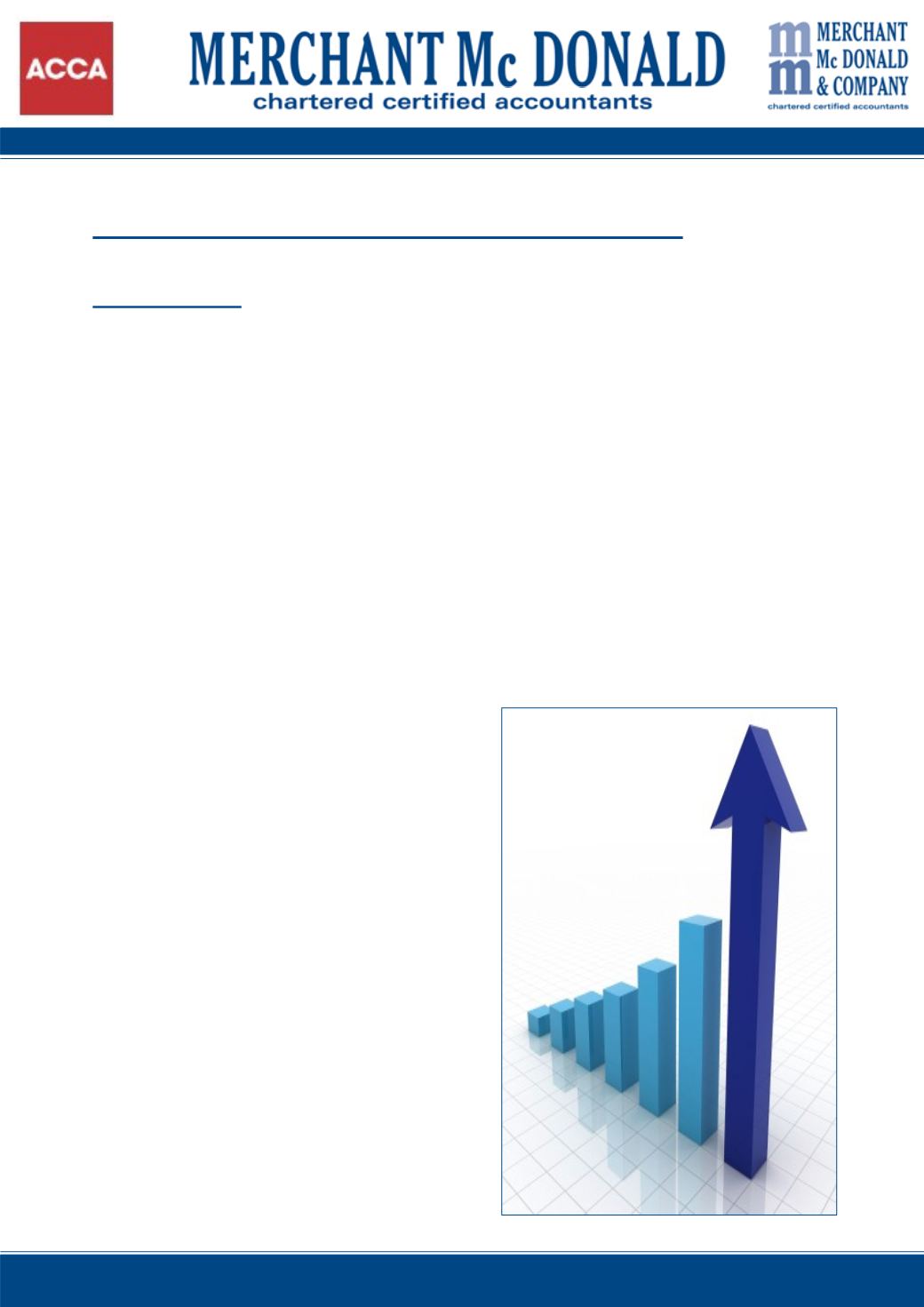
t: 0161-764 1761 f: 0161-764 6006
The Basics of understanding your accounts.
Balance Sheet
The
Balance Sheet
is usually located in the middle pages of the financial statements this
is a statement that basically says what would happen if the business ceased to trade on a
particular date (normally the year end).
Such information includes:
Fixed Assets
- an estimate of what your assets are worth at a particular point in
time (e.g. IT equipment, office furniture, cars etc.)
Current Assets
- Where can we get money from quickly if we needed to (e.g. the
bank account, customers outstanding, VAT refund, stock and work in progress).
Current Liabilities
- Where will the money go to first? (e.g. suppliers, PAYE liability,
corporation tax, VAT liability, wages outstanding, bank overdraft).
Solvency
- a business is usually solvent if the current assets are more than the
current liabilities.
Provisions
for liabilities and charges -
normally only shows the value of deferred
tax - the difference between the
allowances that have been claimed from
the fixed assets and the amount of
depreciation that has been charged in the
accounts.
Long Term Liabilities
- these include
bank lending, loans and mortgages and
substantial directors loan accounts, items
that are felt will not be repaid within the
twelve months following the balance sheet
date.
Shareholders Funds
- the amount that is
due to the shareholders via shares and
the balance of the profit and loss account
after tax and dividends have been
extracted. As long as this value is
positive, this provides more confirmation
that the business is in a good position, a
negative value on the other hand is not
good.


